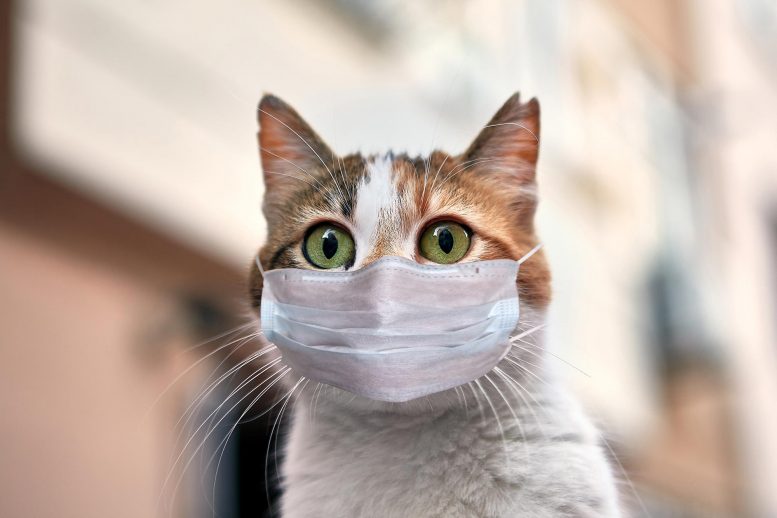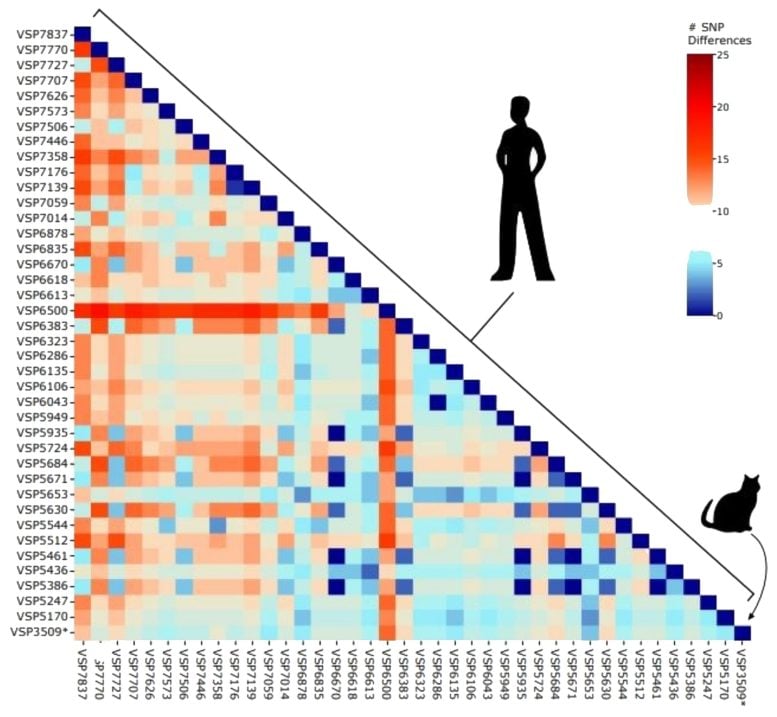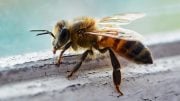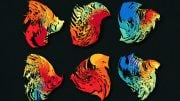
Researchers sequenced the genome of a house cat infected with the Delta variant of SARS-CoV-2, finding it nearly identical to human strains circulating at the time.
Researchers from the University of Pennsylvania performed whole-genome sequencing of a house cat infected with coronavirus last year. The sequence, the delta variant of SARS-CoV-2, was nearly identical to those circulating in humans at the time.
Since being identified in people in 2019, SARS-CoV-2 has gone on to infect a wide range of animal species, wild and domestic. Concerns abound that these species jumps could lead to novel mutations and even harmful new variants.
In a new report, researchers from the University of Pennsylvania’s School of Veterinary Medicine and Perelman School of Medicine find that, for at least one example of apparent interspecies transmission, crossing the species boundary did not cause the virus to gain a significant number of mutations.
Writing in the journal Viruses, the scientists identified a domestic house cat, treated at Penn Vet’s Ryan Hospital, that was infected with the delta variant of SARS-CoV-2 subsequent to an exposure from its owner. The full genome sequence of the virus was a close match to viral sequences circulating in people in the Philadelphia region at the time.

Pairwise distances between AY.3 sequences in the Delaware Valley. Included are the feline-derived sequence (VSP3509) and human-derived sequences. The number of SNPs separating each pair of lineages is shown by the color code (key to the right of the figure). Credit: Viruses (2022) DOI: 10.3390/v14020421
“SARS-CoV-2 has a really incredibly wide host range,” says Elizabeth Lennon, senior author on the work, a veterinarian, and assistant professor at Penn Vet. “What this means to me is that, as SARS-CoV-2 continues to be prevalent in the human population, we need to watch what’s happening in other animal species as well.”
The find is the first published example of the delta variant occurring in a domestic cat in the United States. Notably, the cat’s infection was only identified by testing its fecal matter. A nasal swab did not result in a positive test.
“This did highlight the importance of sampling at multiple body sites,” says Lennon. “We wouldn’t have detected this if we had just done a nasal swab.”
Lennon and colleagues have been sampling dogs and cats for SARS-CoV-2 since early in the pandemic. This particular pet cat, an 11-year-old female, was brought to Ryan Veterinary Hospital in September with gastrointestinal symptoms. It had been exposed to an owner who had COVID-19—though that owner had been isolating from the cat for 11 days prior to its hospitalization, another household member doing the cat care in the interim.
Working through the Penn Center for Research on Coronaviruses and Other Emerging Pathogens and Perelman School of Medicine microbiologist Frederic Bushman’s laboratory, the team obtained a whole genome sequence of the cat’s virus.
Sequencing revealed the delta variant, more specifically, the AY.3 lineage. The researchers did not have a sample from the infected owner. Comparing the sequence to the database kept by the Bushman laboratory, however, the cat’s virus was nothing out of the ordinary in terms of the sequences of SARS-CoV-2 circulating in the Delaware Valley region at the time.
“When we looked at a random sampling of human sequences from our geographic area, there wasn’t anything dramatically different about our cat’s sample,” Lennon says. “So, our takeaway was that the cat was not infected by a virus that was somehow highly different.”
Not all variants of SARS-CoV-2 have been equally able to infect a wide range of hosts. For example, the original Wuhan strain could not naturally infect mice; later variants gained that ability. Scientists began seeing infections in cats and dogs from the early days of the pandemic, presumably infected through close contact with their owners.
“A main takeaway here is that as different variants of SARS-CoV-2 emerge, they seem to be retaining the ability to infect a wide range of species,” Lennon says.
While this particular case does not raise alarms for the virus acquiring significant numbers of mutations as it moved between species, Lennon and colleagues, including Bushman and Susan Weiss of Penn’s medical school, hope to continue studying other examples to see how SARS-CoV-2 evolves. Penn Vet’s Institute for Infectious and Zoonotic Disease will facilitate this look at human-animal interactions when it comes to pathogen transmission.
“We know that the SARS-CoV-2 is undergoing changes as it passes between to become more and more transmissible over time,” says Lennon. “We saw that with the omicron variant. It’s host-adapting to people. We also want to know, when other animal species get infected, does the virus start to adapt to those species? And for those viruses that may adapt to a different species, do they still infect humans?”
Reference: “SARS-CoV-2 Delta Variant (AY.3) in the Feces of a Domestic Cat” by Olivia C. Lenz, Andrew D. Marques, Brendan J. Kelly, Kyle G. Rodino, Stephen D. Cole, Ranawaka A. P. M. Perera, Susan R. Weiss, Frederic D. Bushman and Elizabeth M. Lennon, 17 February 2022, Viruses.
DOI: 10.3390/v14020421
Elizabeth Lennon is the Pamela Cole Assistant Professor of Internal Medicine at the University of Pennsylvania School of Veterinary Medicine.
Lennon’s coauthors on the study were Penn Vet’s Oliva C. Lenz and Stephen D. Cole and the Perelman School of Medicine’s Andrew D. Marques, Brendan J. Kelly, Kyle G. Rodino, Ranawaka A. P. M. Perera, Susan R. Weiss, and Frederic D. Bushman.
Lenz and Marques were co-first authors and Lennon is the corresponding author.
Support for the study came from the Penn Vet COVID-19 Research Fund, the Centers for Disease Control and Prevention (grants BAA 200-2021-10986 and 75D30121C11102/000HCVL1-2021-55232), philanthropic donations to the Penn Center for Research on Coronaviruses and Other Emerging Pathogens, and the National Institutes of Health (grants HL137063, AI140442, and AI121485).









Be the first to comment on "COVID in a Pet Cat: Delta Variant Nearly Identical to Viral Sequences Found in People"